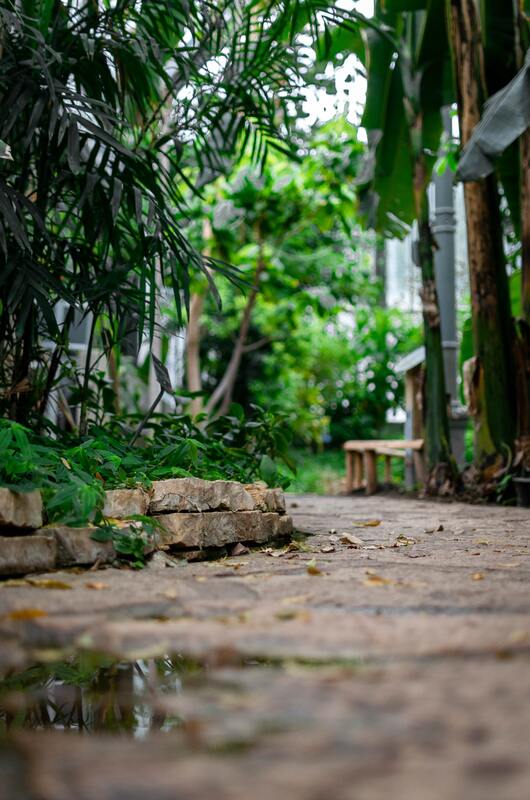|
If you are looking to develop on an area of land (The site) that contains trees, you will need an Arboricultural Impact Assessment (AIA) that will be submitted as part of the DA. The Arboricultural Impact Assessment is conducted by an arborist holding the Australian Qualification Framework (AQF) level 5 Arborist accreditation.
AIA’s are undertaken in accordance with Australian Standard 4970 (AS4970-2009) Protection of trees upon Development sites. Local Government Authority (LGA). Development Control Plans (DCP) and Local Environmental Plans (LEP) legislative controls are also considered and referenced. Typically, the Arboricultural Impact Assessment is undertaken once the architectural DRAFT drawings, survey and supporting documents have been created, so that the arborist can easily identify which trees need to be assessed to determine the impacts upon the site trees. An architect can suggest that trees would ideally be removed as part of their drafting process, however to compensate canopy loss replenishment planting by ratio of 2:1 is normally requested, and this landscaping plan must be part of and accompany the DA submission. Tree removal will be subject to an understanding of the species of tree, the landscape significance, the tree’s retention value and potentially heritage listing (where there is assigned legislative protection). It may not always be unhealthy trees that are flagged for removal, but all approvals will be based on replacement through the replanting of local indigenous tree species to replace tree canopy and maintain and support biodiversity. Generally medium and low to medium landscape significance or retention value trees can be considered for removal so as not to constraint development. Normally High retention value trees are to be retained and the arborists can facilitate design options which brings the building footprint closer to the trees providing AS4970-2009 guidelines are demonstrated to ensure tree viability. There are guidelines which detail how close a building or structure can be to a tree and its roots. The AS4970-2009 incorporates a Tree Protection Zone (TPZ) and structural root zone (SRZ). Guidelines allow a 10% incursion within the TPZ which is categorised as a MINOR incursion. Above 10% is categorised as a MAJOR incursion and the project arborist MUST demonstrate incorporated construction methodology supportive of ensured tree viability, for example cantilever supports, piered footings, above ground construction. There are several design methods that maintain water flow and gaseous exchange into and out of the soil to support the tree’s root system. PZ & SRZ are calculated dependant upon Trunk at 1.3m agl diameter and basal diameter and NON destructive Tree Root Mapping techniques are used by Graham Brooks via an ‘Air Knife’ that is able investigate roots if the incursion is greater than 10%. To order an Arboricultural Impact Assessment for your DA, contact us today. |
|
About Us
Graham Brooks Arboricultural Tree Services Pty Ltd - a highly skilled arborist with more than 38 years of industry experience.
He is a Professional Member of International Society of Arboriculture (ISA) and a Certified Consultant with Arboriculture Australia.
Graham is insured with public liability to $20m and professional indemnity to $5m.
ABN 57093391407 - ACN 093391407
CALL US NOW ON 0412 281 580
